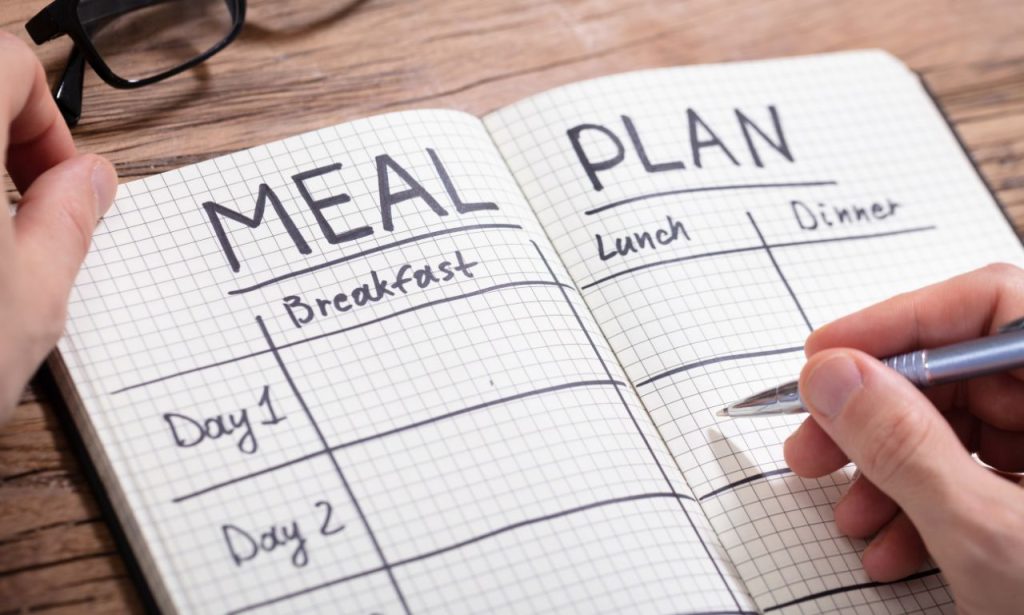In a world dominated by digital screens and fleeting keystrokes, there’s a certain magic to the tangible act of putting pen to paper. A notebook, in its simplest form, is a blank canvas brimming with possibilities. It’s a sanctuary for your thoughts, a playground for your creativity, and a powerful tool for self-discovery. This isn’t just about jotting down grocery lists or phone numbers; it’s about unlocking the boundless potential that lies dormant within the pages, waiting for you to breathe life into them. So, what to do in a notebook? Let’s embark on a journey to explore the myriad ways you can transform this humble companion into an indispensable part of your life.
Various Ways to Utilize a Notebook
The beauty of a notebook lies in its versatility. It can be molded to fit your unique needs and desires, becoming an extension of your very self. Here are some compelling ways to infuse your notebook with purpose and meaning:
1. The Art of Daily To-Do Lists

In the whirlwind of daily life, it’s easy to feel overwhelmed by the sheer volume of tasks vying for your attention. A to-do list acts as your trusted sidekick, helping you navigate the chaos and prioritize what truly matters.
- Beyond the Bullet Points: Don’t just list your tasks; categorize them. Create sections for work, personal errands, creative projects, or any other area of your life that requires structure.
- The Power of Time Blocking: Integrate time blocking into your to-do lists. Allocate specific time slots for each task, transforming a simple list into a dynamic schedule.
- The Satisfaction of Checking Off: There’s an undeniable sense of accomplishment that comes with physically checking off a completed task. Embrace it. Let it fuel your motivation and propel you forward.
2. Journaling and Reflection
Journaling isn’t just about documenting events; it’s about delving into the rich tapestry of your thoughts and emotions. It’s about creating a safe space for self-reflection and personal growth.
- Morning Pages: Begin your day by emptying your mind onto the pages. Write freely, without judgment or censorship. Allow your stream of consciousness to flow.
- Evening Reflections: As the day winds down, take a few moments to reflect on your experiences. What lessons did you learn? What brought you joy? What challenges did you face?
- Prompts for Deeper Exploration: Utilize journal prompts to delve into specific areas of your life. Explore your values, passions, fears, and aspirations.
3. Cultivating Gratitude
In the hustle and bustle of daily life, it’s easy to lose sight of the good things. A gratitude journal serves as a powerful reminder to appreciate the often-overlooked blessings that enrich our lives.
- The Daily Ritual: Make it a habit to jot down at least three things you’re grateful for each day. They can be simple pleasures or profound realizations.
- Going Beyond the Surface: Don’t just list things you’re grateful for; explore why you appreciate them. Delve into the emotions they evoke and the positive impact they have on your life.
- A Source of Strength and Inspiration: During challenging times, revisit your gratitude journal. Let the words remind you of the good in your life, providing solace and strength.
4. Travel Diaries
Travel has a unique ability to broaden our horizons and create lasting memories. A travel diary transforms these fleeting experiences into tangible keepsakes, preserving the sights, sounds, and emotions of your adventures.
- Beyond the Itinerary: Don’t just record dates and destinations; capture the essence of each place you visit. Describe the vibrant colors of a bustling market, the aroma of exotic spices, or the feeling of awe inspired by a breathtaking landscape.
- Souvenirs of the Senses: Paste in ticket stubs, photographs, pressed flowers, or any other small mementos that evoke cherished memories.
- A Treasure Trove of Stories: Years from now, your travel diary will transport you back to those special moments, allowing you to relive your adventures and share them with others.
5. Artistic Doodling
Doodling isn’t just a way to pass the time; it’s a form of self-expression that can unlock hidden creativity and reduce stress.
- No Rules, Just Freedom: Don’t worry about creating masterpieces. Allow your hand to move freely across the page, letting your subconscious guide your strokes.
- Experiment with Different Mediums: Explore various pens, pencils, markers, or even watercolors to add depth and texture to your doodles.
- A Visual Journey of Your Thoughts: Over time, your doodles will become a fascinating reflection of your inner world, revealing hidden patterns, emotions, and inspirations.
6. Bullet Journaling
Bullet journaling is a highly customizable and adaptable system that combines elements of to-do lists, journaling, and creative planning.
- A Blank Canvas for Your Life: Design your own layouts, trackers, and spreads to fit your unique needs and preferences.
- Visualize Your Goals and Progress: Use trackers to monitor your habits, track your mood, or measure your progress towards your goals.
- A Holistic Approach to Life Management: Integrate various aspects of your life into one cohesive system, promoting balance and intentionality.
7. Habit Tracking
Habits shape our daily lives, influencing our well-being and productivity. A habit tracker provides a visual representation of your progress, keeping you motivated and accountable.
- Identify Your Target Habits: Start by identifying the habits you want to cultivate or break. Be specific and realistic in your goals.
- Choose a Tracking Method: Experiment with different tracking methods, such as calendars, charts, or even simple checkmarks.
- Celebrate Your Successes: Acknowledge and celebrate your achievements, no matter how small they may seem. Positive reinforcement is key to building lasting habits.
8. Goal Setting and Planning
A notebook can be a powerful tool for setting and achieving your goals, providing a dedicated space to define your aspirations and map out your path to success.
- SMART Goals: Use the SMART goal-setting framework to ensure your goals are Specific, Measurable, Achievable, Relevant, and Time-Bound.
- Break It Down: Divide your goals into smaller, more manageable milestones. This makes them less daunting and increases your chances of success.
- Visualize Your Progress: Use charts, graphs, or vision boards to track your progress and stay motivated.
9. Creative Writing
A notebook can be your literary playground, a place where you can give free rein to your imagination and explore the boundless realms of storytelling.
- Story Starters: Use writing prompts or story starters to spark your creativity and overcome writer’s block.
- Character Development: Develop compelling characters with detailed backstories, motivations, and flaws.
- World-Building: Create rich and immersive worlds for your stories to unfold, complete with their own unique cultures, landscapes, and histories.
10. Budgeting and Expense Tracking
Managing your finances effectively is crucial for financial well-being. A notebook can be your personal finance manager, helping you track your income, expenses, and savings goals.
- The 50/30/20 Rule: Consider using the 50/30/20 budgeting method, allocating 50% of your income to needs, 30% to wants, and 20% to savings and debt repayment.
- Track Every Penny: Make it a habit to record all your expenses, no matter how small. This will give you a clear picture of where your money is going.
- Review and Adjust: Regularly review your budget and make adjustments as needed. Life is dynamic, and your budget should reflect your evolving financial situation.
11. Meal Planning

Meal planning can save you time, money, and stress, ensuring you always have delicious and nutritious meals on hand.
- Plan Around Your Schedule: Consider your weekly schedule and plan meals accordingly. For busy days, opt for quick and easy recipes.
- Create a Grocery List: Once you’ve planned your meals, create a detailed grocery list to avoid impulse purchases and ensure you have everything you need.
- Try New Recipes: Use your meal planning notebook as an opportunity to experiment with new recipes and expand your culinary horizons.
Conclusion
In an era defined by digital distractions, the humble notebook stands as a timeless testament to the power of analog tools. It’s a versatile companion, a confidant, and a catalyst for creativity, productivity, and self-discovery. So, embrace the boundless potential of what to do in a notebook and embark on a journey of personal exploration and growth.
ALSO READ: How to Become a Freelance Writer with No Experience
FAQs
The best type of notebook for journaling is subjective and depends on personal preferences. Some prefer lined notebooks for neatness, while others enjoy the freedom of unlined or dotted notebooks. Consider factors such as paper quality, binding, and size when making your choice.
While digital notebooks offer convenience and a range of features, many people find that the act of physically writing enhances focus, creativity, and retention. Ultimately, the choice is yours.
The frequency of writing in your notebook is entirely up to you. Some people prefer daily journaling, while others find it more beneficial to write a few times a week or whenever inspiration strikes.
Writer’s block happens to the best of us. Don’t pressure yourself to produce profound insights every time you open your notebook. Start by simply jotting down your thoughts, feelings, or observations.
Get creative with your notebook! Use colored pens, washi tape, stickers, or even drawings to add visual interest and personalize your pages.





